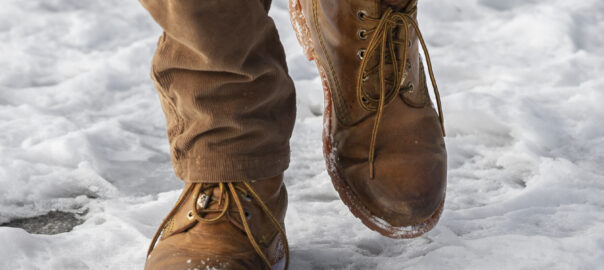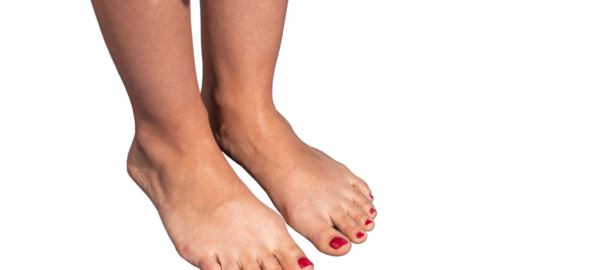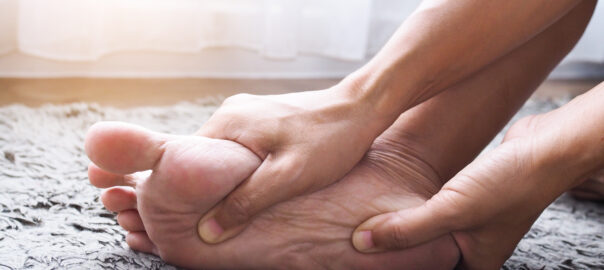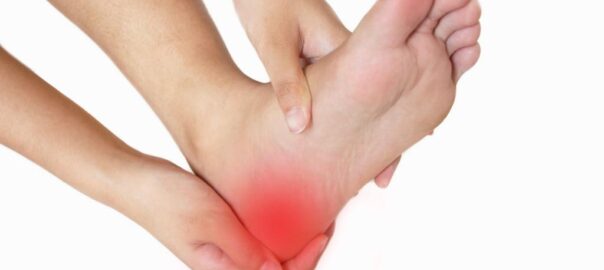Winter Walking
Safe winter walking is important to prevent slips, trips, and falls, especially in icy and snowy conditions. Here are some tips for safe winter walking:
- Choose Appropriate Footwear:
- Wear shoes or boots with slip-resistant soles.
- Consider using ice cleats or traction devices for added grip.
- Watch Your Step:
- Pay attention to the ground and be aware of icy patches.
- Take smaller steps and walk at a slower pace to maintain balance.
- Use Handrails:
- When available, use handrails for support on stairs and slippery surfaces.
- Clear Your Path:
- Remove snow and ice from walkways and driveways promptly.
- Spread salt or sand on icy surfaces to improve traction.
- Stay Visible:
- Wear bright or reflective clothing, especially during low-light conditions.
- Plan Your Route:
- Choose well-maintained and well-lit paths when possible.
- Avoid shortcuts that may be less maintained.
- Carry Essentials:
- Keep a mobile phone with you in case of emergencies.
- If conditions are severe, consider carrying a small bag of salt or sand.
- Be Cautious of Black Ice:
- Black ice is often difficult to see. Be especially careful when temperatures are near freezing.
- Stay Informed:
- Check weather forecasts for information on upcoming snow or ice conditions.
- Plan your outings accordingly.
- Take Your Time:
- Allow for extra time to reach your destination.
- Rushing increases the risk of slipping and falling.
By taking these precautions and being mindful of your surroundings, you can reduce the risk of accidents while walking in winter conditions.
Call and schedule an appointment with our Chicago podiatrists at 312-998-0974. Our podiatrists can provide a proper diagnosis based on your symptoms, medical history, and potentially recommend imaging studies or other diagnostic tests to identify the underlying cause and determine the appropriate treatment.











